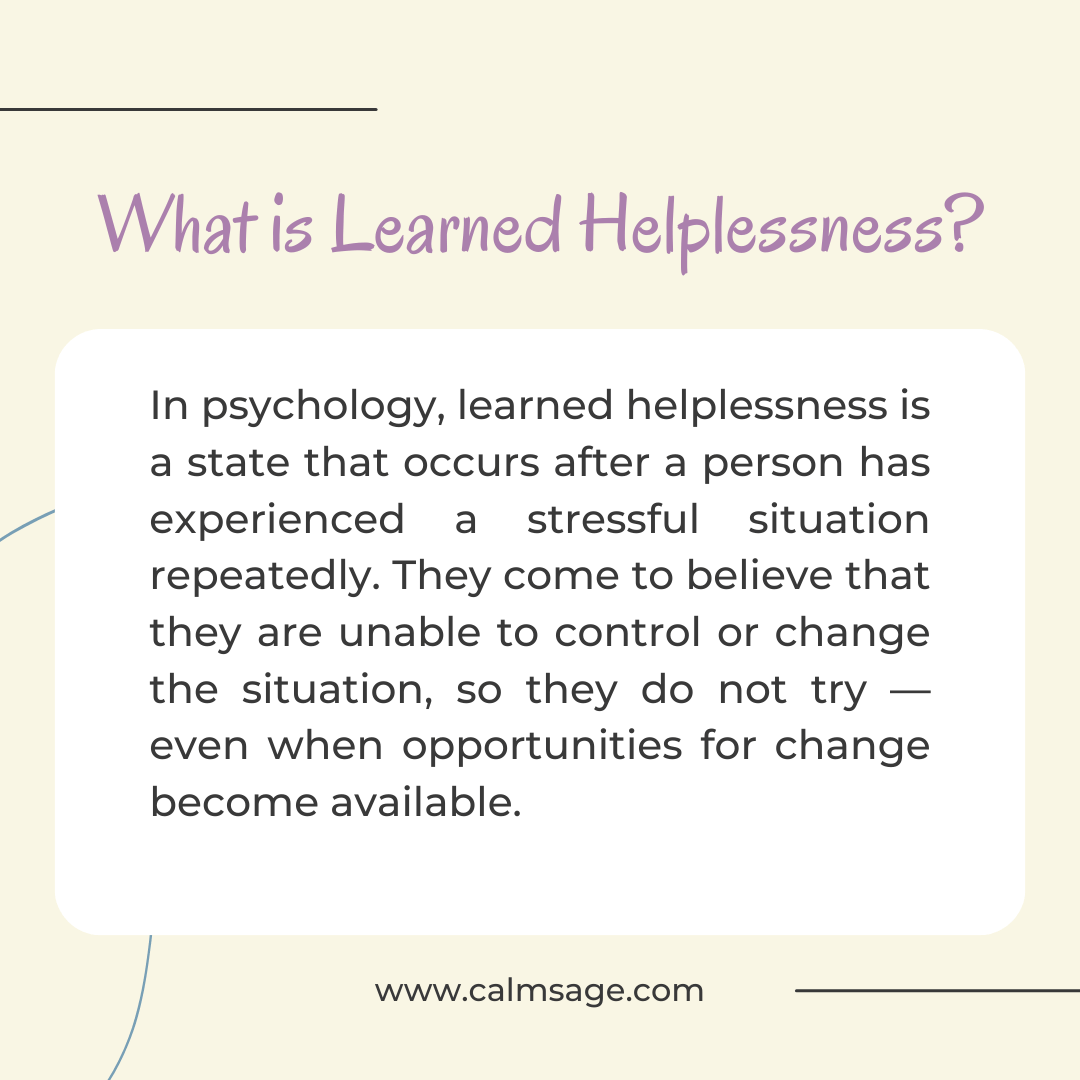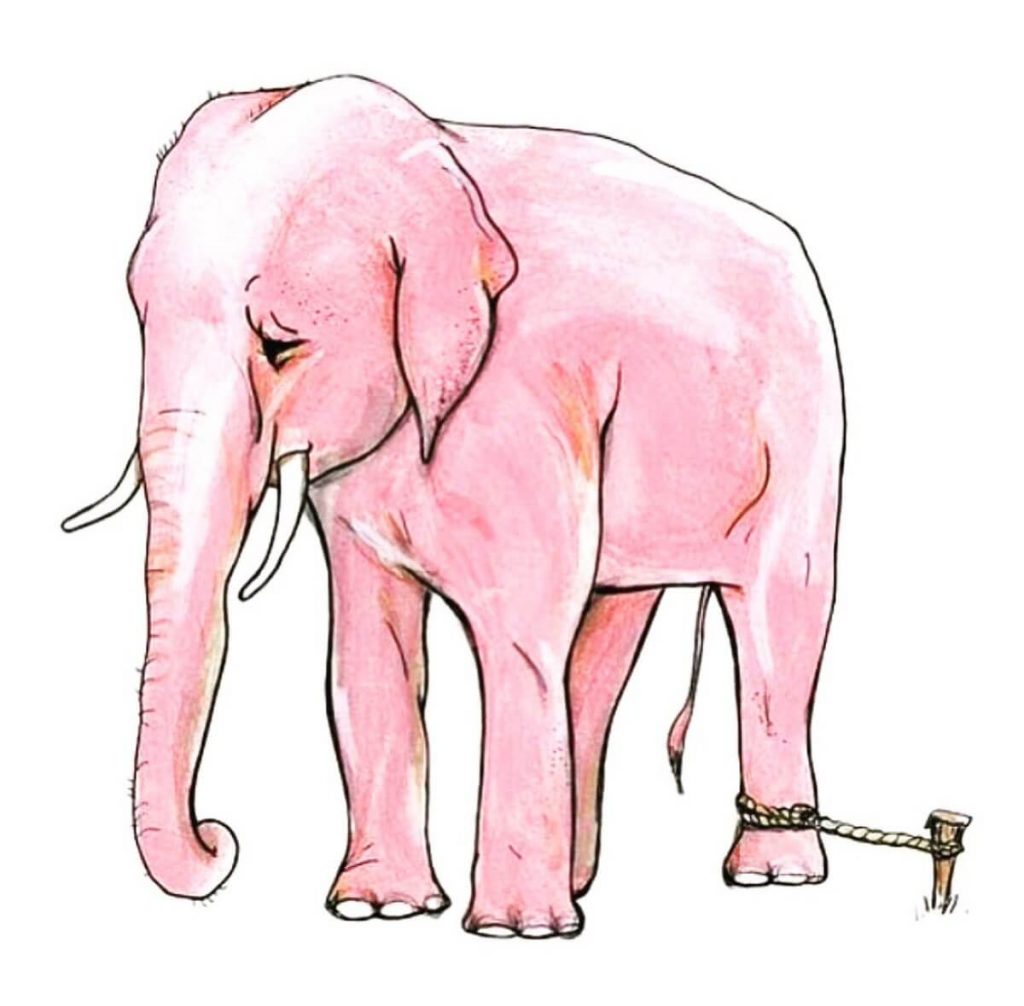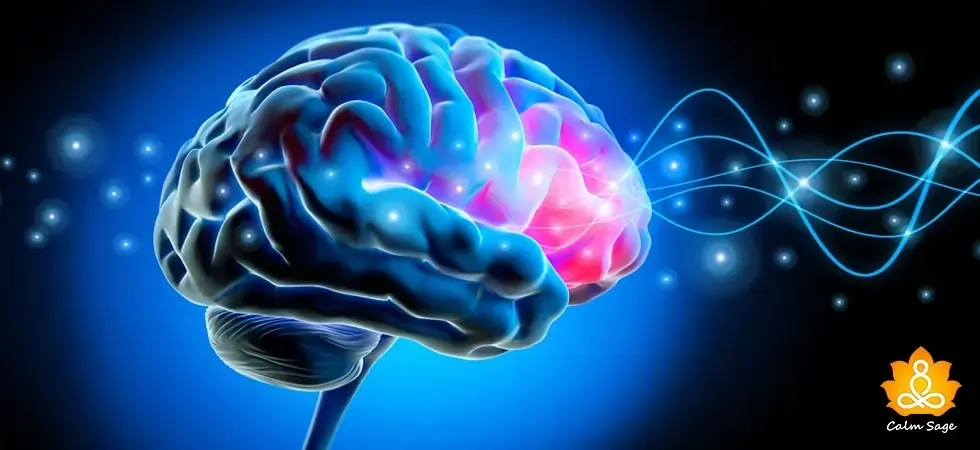Learned Helplessness: Don’t Fall in This Trap

Before I begin to make you understand what Learned Helplessness is let us take a small test. Just answer these questions…
Do you feel powerless in most situations?
Do you easily give up on a given task?
Do you often feel that you can’t bring significant changes in your life?
Do you often stop trying to bring change to your environment?
Do you feel that you don’t have any control over situations in your life?
If your answer to these questions is NO then congratulations you are in control.
However, if your answer is a Maybe or a Yes then it is time to step out of learned helplessness. Starting with, let’s first understand what is learned helplessness.
What is Learned Helplessness?
The simplest way to explain learned helplessness theory is,
A constant feeling of not having control over a given situation and thus behaving helplessly.

It occurs when someone faces uncontrollable stressful situations and initially they couldn’t find a way to come out of it. Following this, an individual stops trying to avoid or escape it all, believing that they are helpless. Whereas, there are solutions readily available (APA).
Martin Seligman through his studies proposed that there are three key features linked with learned helplessness:
- Becoming passive in the face of trauma
- An increase in the stress level
- Difficulty in learning that responses can control traumatic events
This all clubbed together leads to Learned Helplessness.
Understanding “Learned Helplessness” with Examples
It is believed that the phenomena of learned helplessness are experienced by both animals and humans. So, we will try and understand it in both lights.
Kid & Math Class:
A child felt sick right before his maths exam and couldn’t study well. As a result, he couldn’t get good enough marks. Next time before his exams he couldn’t stop thinking about the last math exam, thus his performance decreased. Again the results did not meet his expectations. Ultimately the kid starts to believe that he can never do good at maths and tries to avoid it at all costs.

Elephant & Chain:
A baby elephant is tied to a small wooden log with a chain. He tries to get out of this trap but he’s too little to achieve this goal. He tries to break it off each day but fails, after a few days he stops trying at all. As he grows up he is still being tied to the same wooden log. Now he is all grown and has the power but he has learned that he is helpless and doesn’t put his strength to use and break the shackles off.
That’s where Baby Elephant Syndrome came into existence.

Do have the signs of learned helplessness? Check out these common signs and symptoms of learned helplessness.
Signs And Symptoms of Learned Helplessness
We all face challenges and adversities in life, and there are times when we don’t feel at the top of our game. It’s OK, though. Watch out for these signs if you think you’re struggling with learned helplessness;
1. You Have Low Self-Esteem
If you’re with learned helplessness, then you feel quite bad and negative about yourself and constantly doubt your capabilities to do more than your potential.
2. You Deal With Frustration
Because you feel like everything is beyond your control, you get easily frustrated with everything you do. Feeling overwhelmed and frustrated is one of your common traits.
3. You Have a Passive Attitude
Your attitude of “bad things happen to me” is something that’s holding you back from changing your ways. Your passive attitude stops you from putting effort into your fight for success.
4. You Don’t Put Effort
Following the previous point, you have a habit of procrastinating and avoiding making decisions. You just assume that nothing good will happen even if you try as you’re helpless and let it be. This causes you to not put any effort into anything you do.
5. You Give Up
Whenever you feel like doing something worth the effort, you find yourself abandoning the project mid-way as you tend to give up. Learned helplessness can make it hard for any individual to follow through with their actions and even the smallest hurdles cause them to give up altogether.
Quick Signs of Learned Helplessness
Here are other signs that you’ve been trapped in a loop of learned helplessness;
- Experiencing low self-esteem
- Lack of effort in tasks
- Difficult or complete failure to ask for help
- Getting irritated or frustrated easily
- Procrastinating frequently
- Lack of motivation
- Giving up (without even trying)
- Experiencing hyperarousal or hypervigilance
- An increased negative response to pain
Why do you need to come out of the TRAP of “Learned Helplessness?”
Would you hold onto something if you know that it is going to cause you harm? Think of a beautiful rose flower with a super thorny stem. It might be pretty to look at but will you hold it? Even if you do, then for how long? Not that long, right?
The same applies to the concept of learned helplessness, it might make you feel good on the outside but it does a lot of bad inside.
Here are some of the reasons as to why you should come out of this trap
- Learned helplessness is linked with depression.
- It may increase the risk of PTSD.
- Learned helplessness increases stress and anxiety.
- It is linked with various mental health issues like phobias, maladaptive perfectionism, and others.
- It increases negative response to anticipated pain.
- It decreases self-esteem and motivation.
- It disturbs your interpersonal relationships.
- Learned helplessness might develop sexuality and intimacy issues.
Am I Practicing “Learned Helplessness?”
If you are experiencing some or all of these symptoms then you might be in the trap of Learned Helplessness
- Experiencing low self-esteem.
- Lack of efforts in tasks.
- Difficult or complete failure to ask for help.
- Getting irritated or frustrated easily.
- Procrastinating frequently.
- Lack of motivation.
- Giving up (without even trying).
- Experiencing hyperarousal or hypervigilance.
- An increased negative response to pain.
The Link Between Learned Helplessness And Depression
To truly understand the surprising link between learned helplessness and depression, we need to understand the types of learned helplessness; Universal Helplessness and Personal Helplessness.
Universal Helplessness is when you believe that nothing can be done to change the situation you’re stuck in and that no one can help you out of it either. On the other hand, Personal Helplessness is when you believe that other people can find a solution to the helplessness but you. It makes you feel that out of everyone, only you are incapable of finding a way out of the situation.
Both of these types of helplessness can be linked with depression, however, how the depressive symptoms hold may differ. People with Universal helplessness find external factors responsible for their discomfort, however, people with Personal helplessness find internal factors responsible.
If you’re struggling with personal helplessness, then you’re more likely to have low self-esteem because you believe others can do it, but you’re incapable of the same. This type of helplessness is also more likely to leave you with an emotional deficit.
If you’ve been struggling with long-term or prolonged helplessness, then you’re likely to feel an increase in the effects of depression whereas if your helplessness is short-lived, then you won’t find depression symptoms that oppressive or long-lasting.
Depression and its symptoms can develop based on the type of helplessness you experience. More often than not, it’s the constancy of helplessness that can affect your depressive symptoms. It is firmly believed that the type of helplessness you experience (and its intensity) can be linked with depression (and its intensity).
How do I Unlearn “Learned Helplessness?”
Well, the good news is that what is learned can be easily unlearned. And now that you know the ill effects of learned helplessness it is important to unlearn it. Some of the best ways to unlearn it are discussed below:
A Note of Hope from Calm Sage: You are the ultimate incharge of your destiny and life. So, buckle up and get it going. Break the shackles and release yourself from all the inhibitions. You got this!
1. Operate on Optimism
The ultimate flip side of learned helplessness is the model of learned optimism. Of course, if we can train our brain to be helpless then why not train it to be optimistic? The best way to achieve this goal is by working on your explanatory style. To put it simply when you try to attribute negative life events as personal, positive, or passive, take a pause and switch it.
When you will have a positive outlook you will be able to explain negative events in your life as external, specific, and unstable. Which will help you to be stable and adaptive in life?
2. Jot it Down in a Journal
Journaling is a great way to explore your deep reflections which is important in overcoming learned helplessness. It will help you turn inward and find out what you believe in but also why you believe so. This will help you challenge the beliefs that underlie learned helplessness. Along with being a subtle way to challenge your thoughts it will also pave the way for positivity in your life.
3. Embrace SMART Goals
SMART goals are one of the best techniques to unlearn “learned helplessness.” Let us explore what SMART means…
S: Specific
Be well aware of what you want to achieve (like really really want). You can ask yourself some questions that will help you get clarity. The most common way is to explore the W’s and H’s (what it is, where it is going to happen, who will be needed, why is it important, when will it take place, and how much it means to you).
M: Measurable
Make sure that your goal is measurable and keep measuring your progress. It will give your brain a cue that yes things are under control. The easiest way to make it work is by dividing your task into micro-goals and getting a sense of accomplishment when each goal is met.
A: Achievable
Here you are checking whether a particular goal is achievable or not, is it realistic or not. This will make sure that you don’t get stuck anywhere while achieving it thus breaking the cycle of learned helplessness. It will also make you realize what you can control and what you can’t.
R: Relevant
How much does this goal matter to you? How is it going to make a difference in your life? Basically, at this step, you are questioning the importance of a goal in your life.
T: Timed
A major reason why goals are left unmet giving rise to learned helplessness is that we extend it from the bounded time. So, it is important to establish a timeline to complete a given task along with setting benchmarks (so that you remain motivated). But, remember to be realistic and gentle with yourself while setting deadlines.
You may also use this SMART goal worksheet for your ease.
Note: If it starts to interfere with your day-to-day life then seeking proper therapy (be it offline or online) is recommended.
How Do I safeguard myself from “Learned Helplessness?”
As the old saying goes… “precautions are better than the cure.” The same applies here. To make sure that you don’t fall into the trap of Learned Helplessness there are some measures that you can take. This includes:
- Nourish positive thinking.
- Try and maintain a gratitude journal.
- Adopt a more optimistic explanatory style.
- Learn a new skill to break repetitions.
- Eating healthy can also help as it will curb the overwhelming feelings.
We hope that now you will not keep yourself safe but your loved ones out of the trap of Learned Helplessness.
A Note of Hope from Calm Sage:
You are the ultimate in charge of your destiny and life. So, buckle up and get it going. Break the shackles and release yourself from all inhibitions. You got this!
More Power to you…
You May Like These Also:
9 Facebook Pages That Inspire You Everyday




















